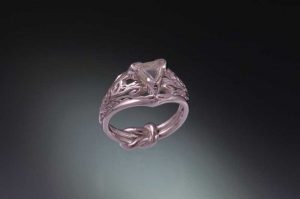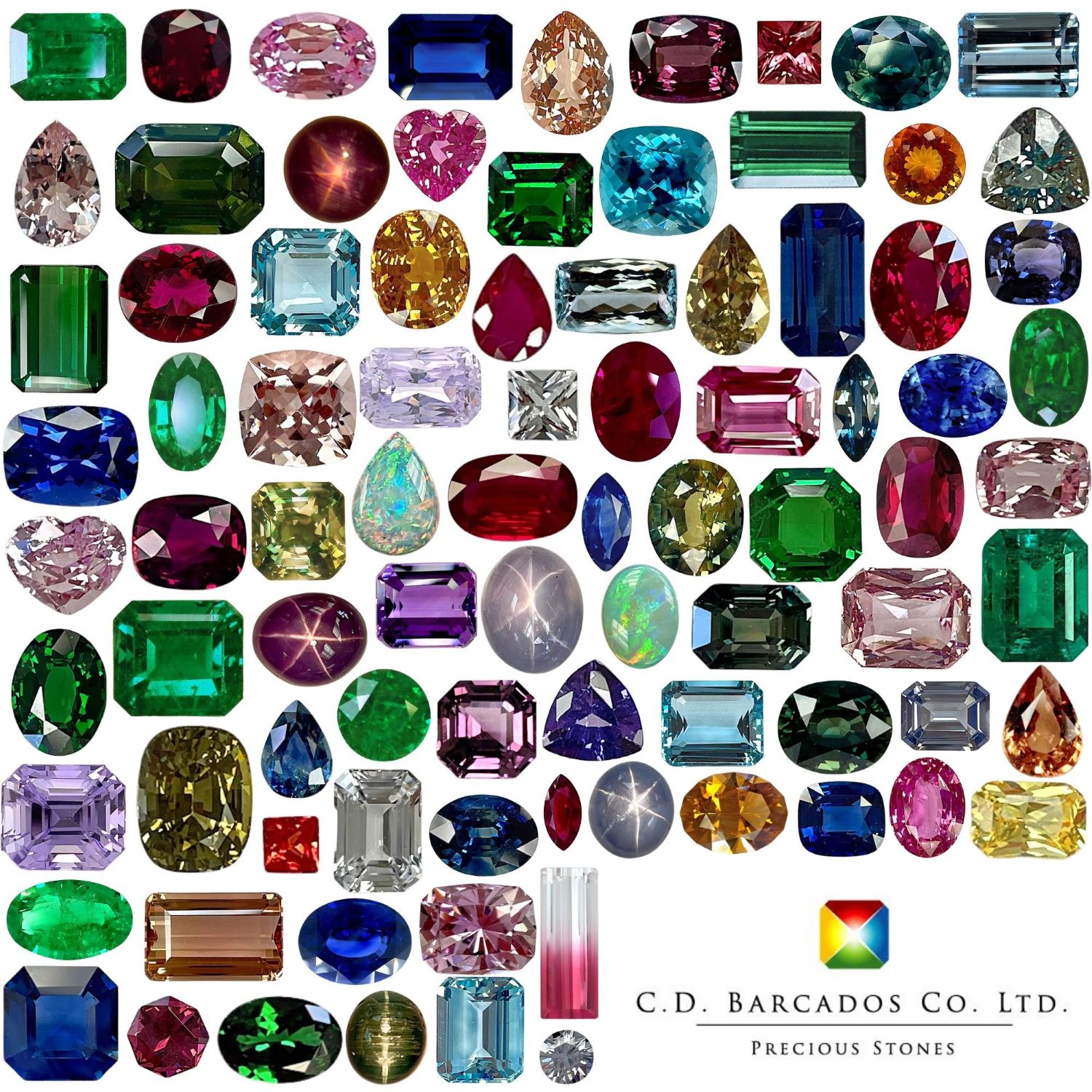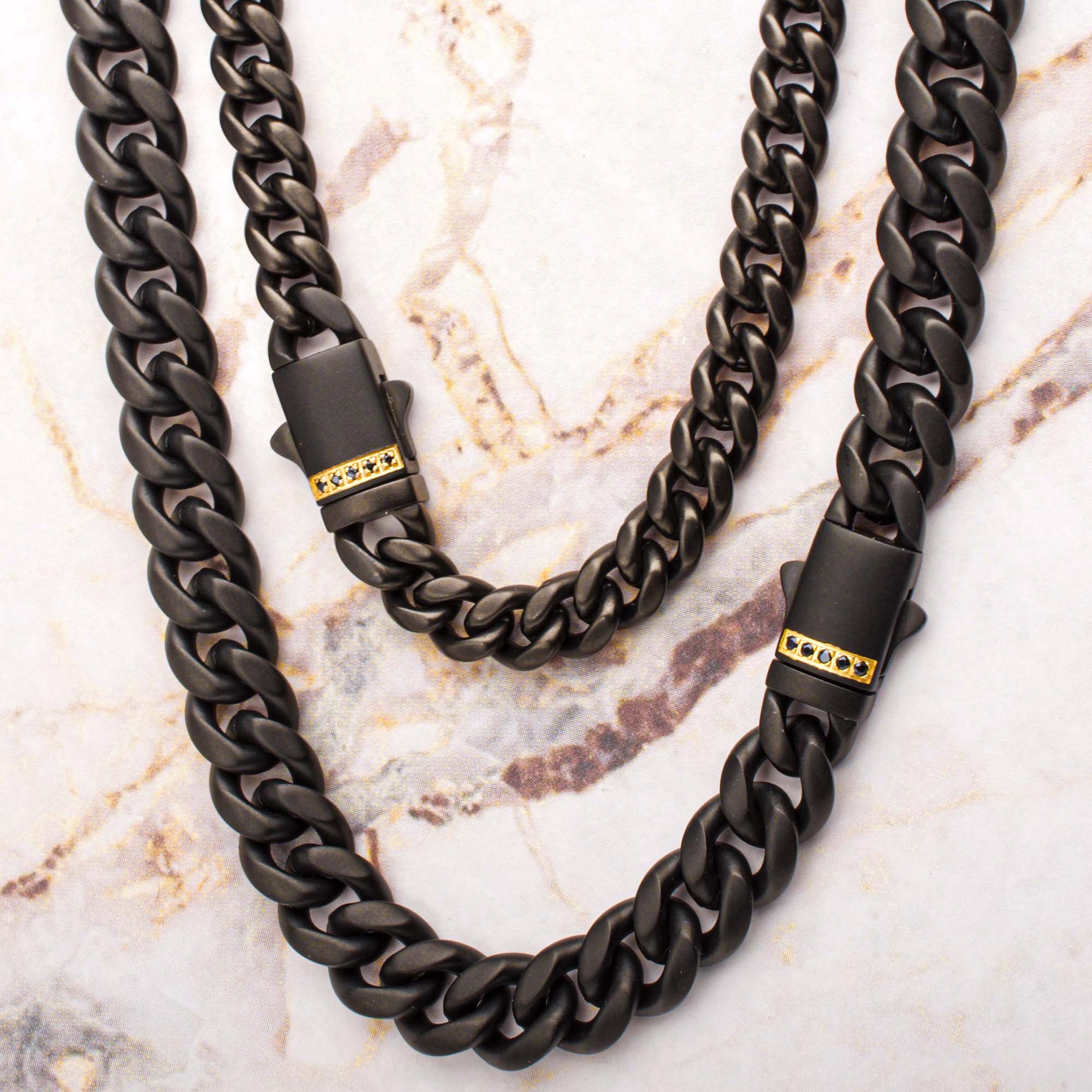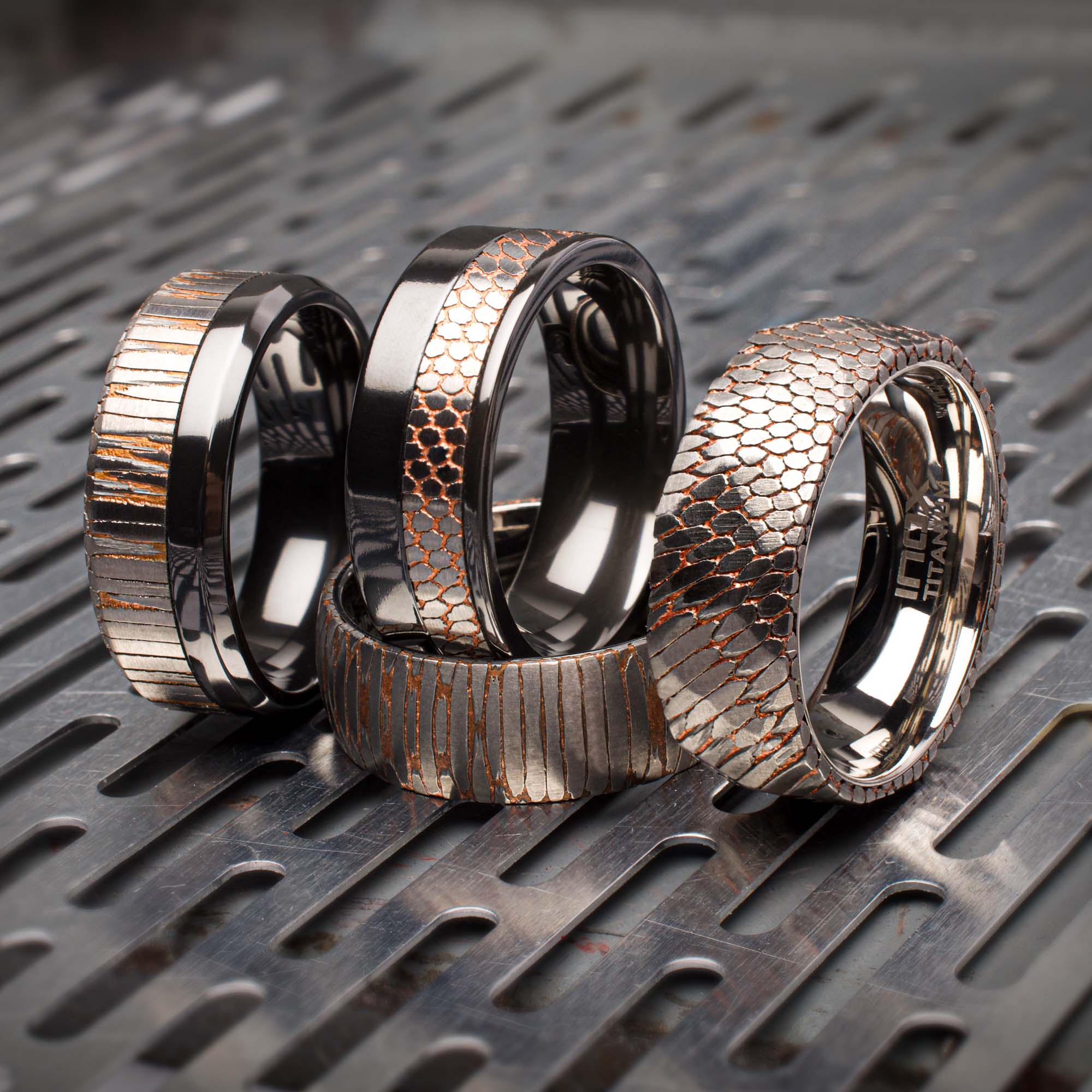Speak up: Finding your voice as a designer in the world of CAD
Listening carefully

Artists are usually encouraged to ‘find their voice’ early on, especially when they begin their career in an academic venue. Finding a voice in that context usually means discovering or adopting a recognizable style and then working exclusively within it. This, they are told, is the road to commercial success.
A rare few manage to establish themselves to the point they can stretch that style or even successfully adopt another one, never losing their following or what set them apart from their colleagues. Looking outside our industry, Picasso is a classic example of an artist who was able to transition through several styles or periods—from his very early academic realism to what may have become his most commonly recognized style, cubism. He then moved past cubism to classicism and a surrealism period.
For me, specializing in custom-made jewellery has presented an interesting challenge with regard to finding a voice. As a custom designer, my style has always been necessarily eclectic. One client wants something floral and busy, while another wants something clean, simple, and bold. Yet another wants a ‘futuristic’ design, which is in contrast to the client who prefers something that looks antique or timeless. Finding a voice within the cacophony of client desires can be challenging. That said, I felt I had achieved one of sorts many years ago when clients began telling me they could recognize one of my rings when they saw it. I like to think that within many style types, I’ve achieved an elegance of execution that makes my work distinctive. The feedback and success with which I’ve been rewarded seem to confirm that premise.







